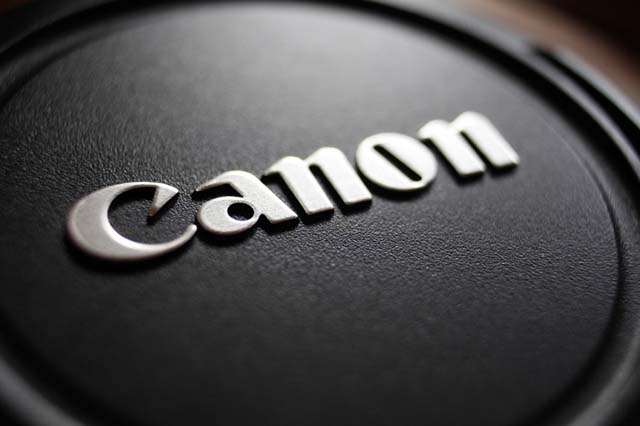Sometime in the dark ages – more than 15 years ago – I invested in a Nikon SLR 6006 with a nice 35-135mm zoom lens and it served me well until the dawn of the (reasonably priced) digital age. Early DSLRs were way too expensive and not worth the money, so I went with a few consumer digital cameras for some years, one of them also a Nikon, albeit not with exchangeable lens.
For many years my old 6006 sat in the closet losing value but I always had in mind that at one point I would invest in a DSLR and then I could use the nice lens which was about five hundred bucks in the days I acquired it.
The time of the DSLR finally came in form of a Canon T4i. I had strongly considered waiting for the perfect mirror-less camera, but the deal I got on the Canon – I just could not pass up. I did not go with a Nikon DSLR because I also wanted to use the camera for video and Canon seemed to be superior in that department. Thus, I still had that good Nikon lens sitting there without any use. The idea of selling it on eBay shattered quickly when I saw for how little these cameras were traded – it really appears the time of the 35mm film is over.
I finally a reasonable offer for an adapter for Nikkor AF lenses to EOS bodies and it arrived today.
First test with that ‘good’ Nikkor lens were rather disappointing. It appears that lens technology has made long strides over the last decade and a half. The lack of transfer of data to and from the lens through the adapter (none) was no big deal, as I grew up, focusing manually and with the camera set to aperture priority the exposure was still pretty automatic – if I wanted. One feature of the Nikkor lens I was looking for was the macro range – at 35mm I could push one little button and extend the barrel quite a bit further, thus getting much closer to the subject.
Here the closes with the Nikkor
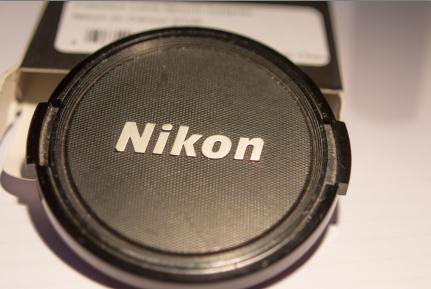
and the closest I could get with the Canon 18-55
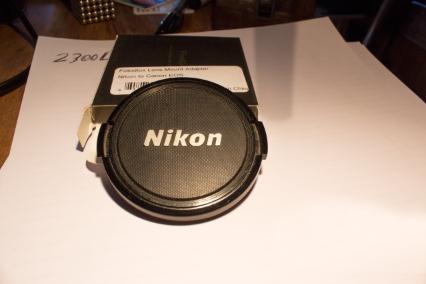
That was pretty good, but then I wanted to see how it fared when I looked closer, and this is where the disappointment took hold.
Big bad color fringes on the Nikkor lens
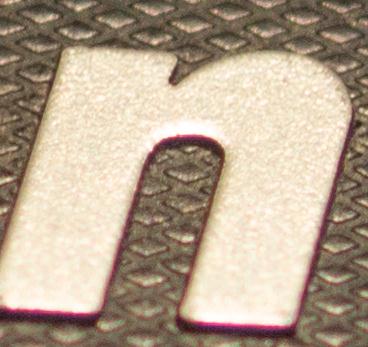
at least in the out-of-focus areas of the image while the Canon lens showed no such faults

I will have to make some more test to see how the aperture will affect this behavior as, I believe, the Nikkor was wide open, while the Canon was exposing with the lens closed to 11. Now I start to imagine how the quality will be for a modern lens for the price of the old Nikkor, and even more so for a modern lens that I can not justify to buy.
What this little experiment really drove home to me is that the experts are right when they say that glass is more important than body.
UPDATE:
The above was written sometime in March of 2013. Since then I looked into other options of getting a closer look at things without using the macro setting on the Nikkor lens.
When it was time to buy something from Amazon with a price under the minimum to get free shipping, I added a Macro Extension Tube Set and a Macro Reverse Ring Camera Mount Adapter. The first one simply adds distance between the sensor and the lens, thus allowing to focus on objects closer to the lens (but losing the ability to focus on infinity with a ring inserted). The second allows to reverse the lens and mount it on the camera with the filter thread, allowing for extreme close-up shorts.
When I received these adapters I took my trusted lens cap and took a few shots to compare with what I could get with the old Nikkor lens. This time I was positively surprised. I got the same good quality of the image with my 18-55 lens – much better than the old Nikkor lens.
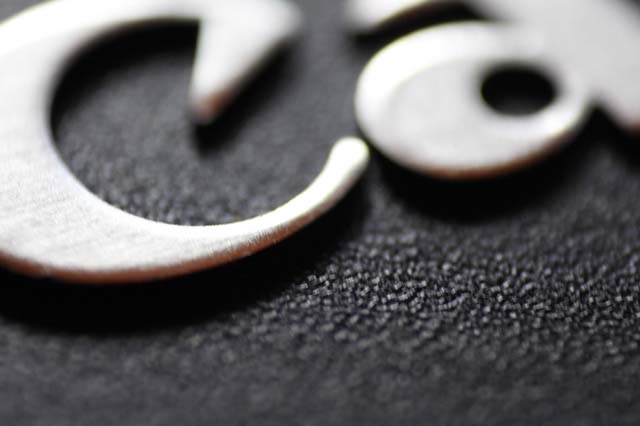 Now, that I have a solution to do close-up photography without the use of the Nikkor lens I can put that lens on eBay again, throwing in the body of the 6006 which I have not been able to just throw away so far.
Now, that I have a solution to do close-up photography without the use of the Nikkor lens I can put that lens on eBay again, throwing in the body of the 6006 which I have not been able to just throw away so far.

